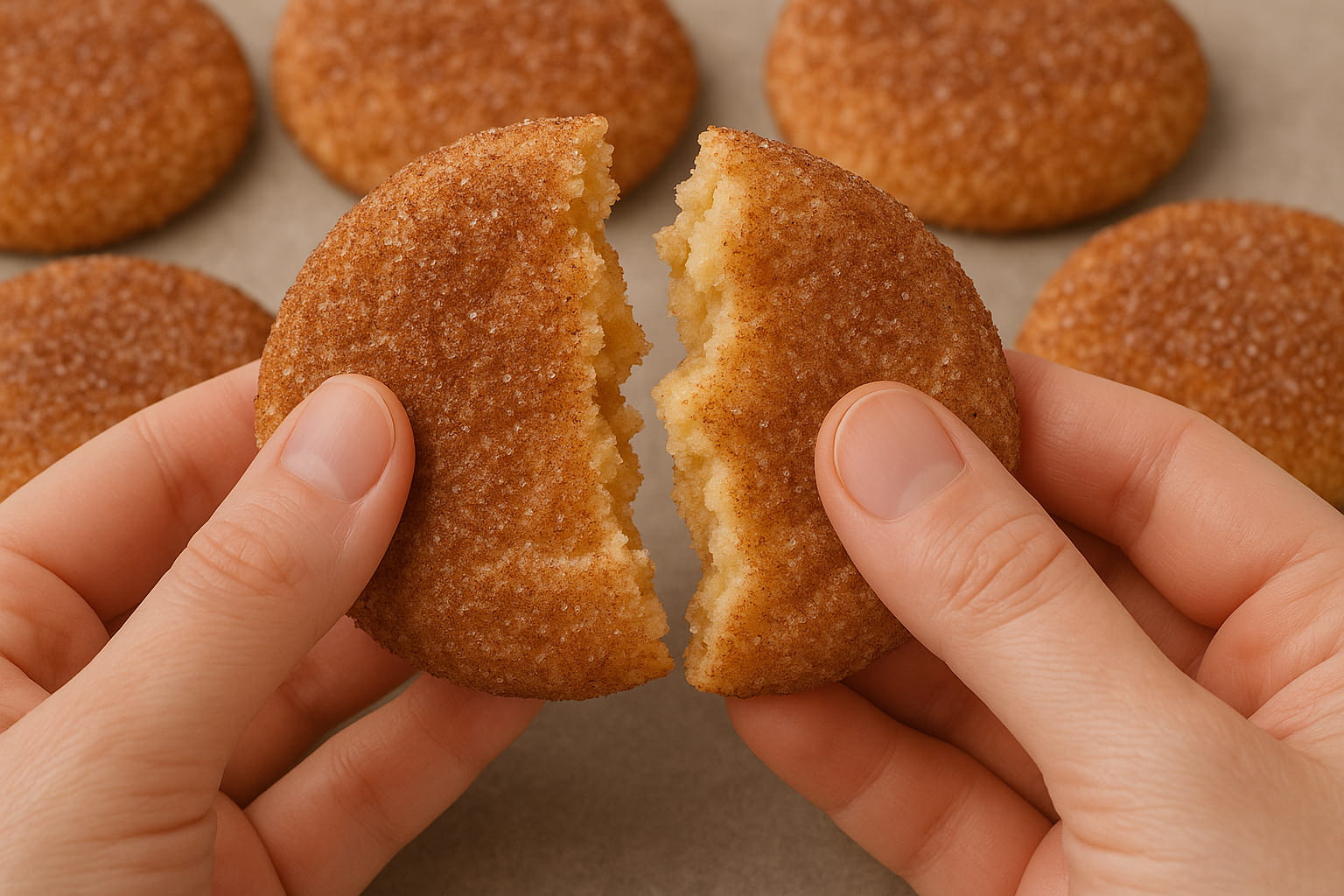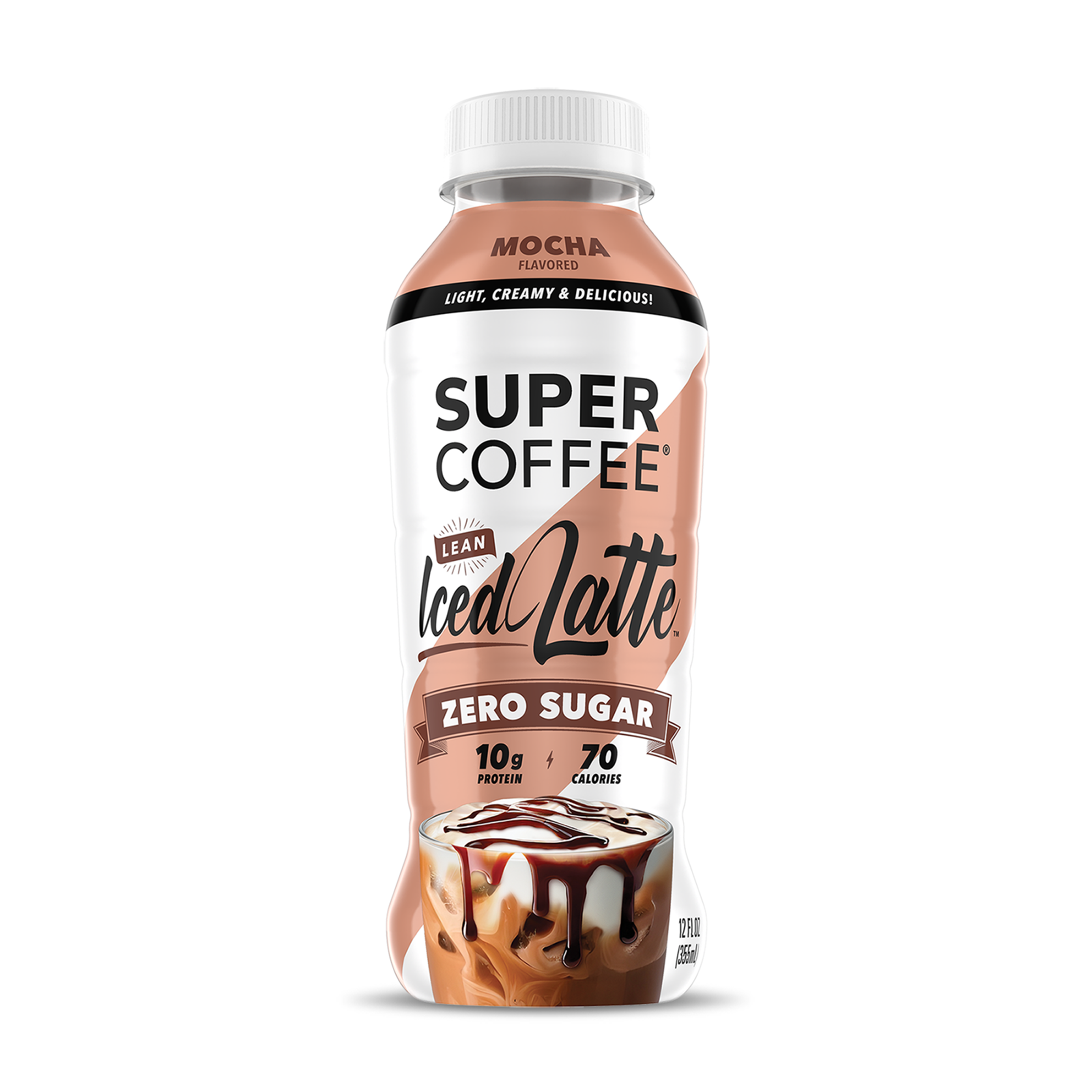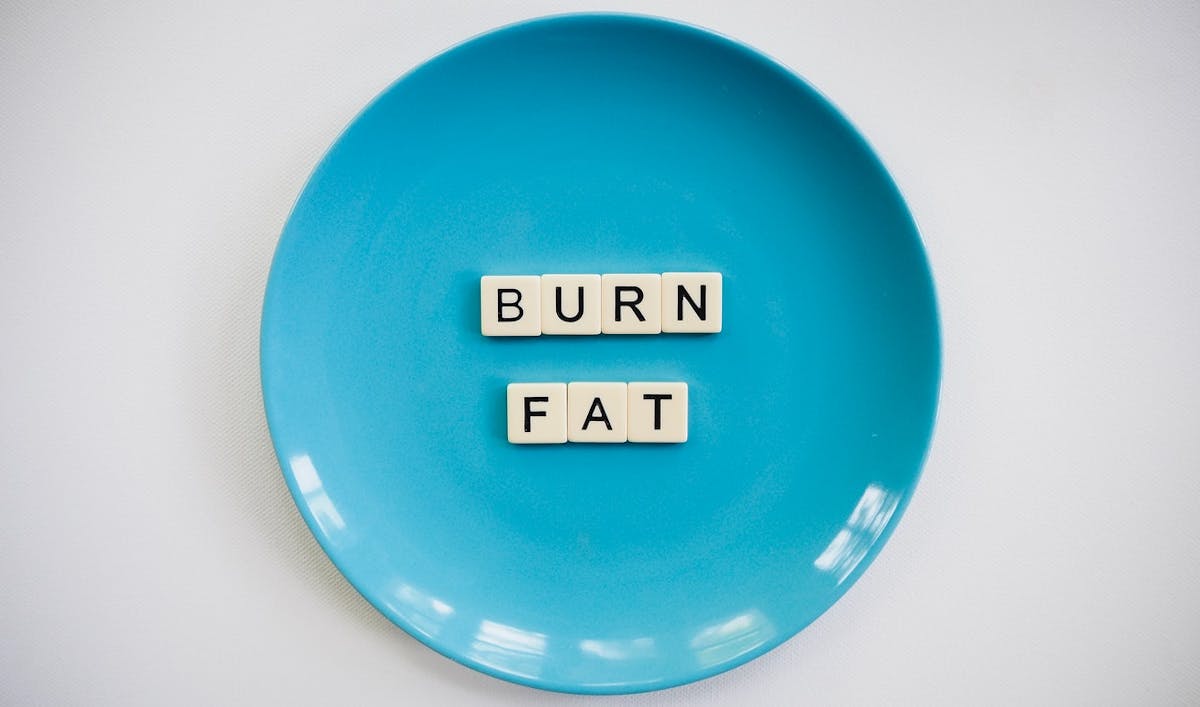Your cart is empty
“A low-carb diet? Isn’t that just another way to say keto?”
No. Not at all.
Do you remember when you were in grade school and learned that “all humans are mammals, but not all mammals are human?”
That’s the right way to think about low-carb diets, too:
All keto diets are low-carb diets. But not all low-carb diets are ketogenic. (And yes, there are many types of keto diets)
What’s the difference? Let’s dig into it.
The Distinction between Low-Carb and Keto Eating Plans
“Low-carb” describes an overall approach to dieting, in which the consumption of carbohydrates is limited. Ketogenic eating, however, places even more serious restrictions on the amount and types of carbs you’re allowed to eat. That’s why the medical community often refers to keto as a “very-low carb” diet, instead of just calling it “low carb.”
The first thing to understand about low-carbohydrate diets is that there’s no rigorous definition for the term. Nutritionists, dietitians and doctors usually describe four general levels of carb consumption, based on the ratios of the three macronutrients in a diet (carbs, fat and protein). Here’s a summary of the most common definitions.
- High-carb: 45% or more of total calories come from carbohydrates
- Moderate-carb: 26-44% of total calories come from carbohydrates
- Low-carb: 25% or fewer of total calories come from carbohydrates
- Very low-carb: 10% or fewer of total calories come from carbohydrates
In easier-to-measure terms, that would mean a low-carb diet would contain fewer than 130 grams of carbohydrates per day, and a very-low carb diet would contain 20-50 grams per day. (1) The general recommendation for keto is on the low end of the scale, at 20 grams.
How does that match up with the normal diet? The Dietary Guidelines for Americans recommend carb intake of 45-65% of total daily calories, since dietary carbohydrates are an important energy source for the brain. (2) And a large government survey published in the Journal of the American Medical Association found that the average American currently gets about 50% of their calories from carbohydrates (the number has been trending down slowly for the last 20 years). (3) Needless to say, that’s a far cry from the 5-10% recommended for keto eating.
It might help more to look at how typical American diets match up against the 20-130 grams of carbs in very-low carb and low-carb diets. The non-profit National Academy of Medicine estimates that men usually consume between 200-330 carbs per day, while women eat between 180-230 grams each day. (4) It’s easy to see why low-carb eating requires major dietary changes.
Even those numbers don’t tell the whole story, though, because not all carbs are the same. The survey published in JAMA showed that most of the carbs Americans eat – consisting of a whopping 42% of daily calories – are “low-quality” carbohydrates supplied by refined grains or foods with added sugar. And research has repeatedly shown that low-quality carbs are associated with greater health risks, especially the development of type 2 diabetes. (5)
Low-carb diets don’t just limit total carbohydrate consumption; they encourage people to dramatically restrict the low-quality carbs in their diet. Keto diets go even further, prohibiting them completely.
Whether keto’s drastic restrictions on carb intake are necessary – and whether you’d seriously be able to stick with them – are questions that only you (and your doctor) can answer. And deciding between the two dietary approaches isn’t easy.
Some doctors recommend keto’s strict limits on carbohydrate intake for their severely obese or diabetic patients, while suggesting an easier-to-follow low-carb diet for general weight loss or overall health benefits. But there’s no definitive research comparing low-carb vs. ketogenic diets when it comes to weight loss, even though anecdotal reports indicate that keto dieters are likely to lose more weight, more quickly, over the short-term.
There’s plenty of research, however, on the medical and health benefits that these diets may provide.
Why Consider Low-Carb or Keto Diets?
Let’s first look more generally at the benefits of low-carbohydrate diets. We’ll get to benefits that are specific to keto after that.
Benefits of Low-Carb Dieting
- Low-carb diets have been proven to be a more effective weight-loss tool than low-fat diets or low-calorie eating plans over the short term (meaning a maximum of six months). (6)
- Patients on a low-carb diet have been shown to have lower triglyceride levels (7), higher HDL (“good” cholesterol) levels and lower LDL (“bad” cholesterol) levels (8), possibly because of increased consumption of healthy fats as a replacement for carbohydrates (9). Low triglycerides and improved cholesterol levels are known to lower the risk of heart disease. (10)
- Eating fewer carbs has been demonstrated to lower both blood sugar and insulin levels (11), reducing the risk of numerous medical issues including heart disease, kidney disease, and nerve problems, not to mention obesity and diabetes. (12)
- Low-carb diets have been shown effective in the treatment of high blood pressure, even allowing many patients to decrease the amount of prescription medications they take. (13)
It’s important to remember that there are many different types of low-carb diets you can follow. They range from the paleo and Atkins diets, to the South Beach and low-carb Mediterranean diets – and that’s just scratching the surface. Each provides different guidelines on carb consumption. Generally speaking, though, the fewer carbohydrates you eat, the greater improvements you’ll see in each of the health metrics discussed above.
Additional Benefits of Keto Dieting
Keto, as a very-low carb diet, provides all of the same benefits we’ve just listed. In fact, many of them are even more impressive, like greater weight loss and lower levels of cholesterol and triglycerides. But since it has the most stringent rules about carbs and macronutrients, it’s able to provide additional benefits.
The reason is simple, even though it may seem somewhat complicated at first.
As we’ve mentioned, the body normally runs on the energy generated when dietary carbohydrates are broken down. When the body has very few carbs to work with, it needs to find a different “power source” – so it breaks down stored fat to create molecules known as ketones (short for ketone bodies). When the body is using ketones instead of carbs for energy it’s said to be in a ketogenic state. Another term for it is being in ketosis.
The body is able to run fine on ketones, so once you get past an adjustment period called the keto flu (which produces side effects similar to the symptoms of the regular flu) you don’t really notice the difference – except that you start quickly losing weight as body fat is burned for energy. As long as ketone levels remain high and consistent the body remains in ketosis, and both fat-burning and weight loss continues.
Research has shown that when the body is in a state of ketosis, additional medical benefits may also follow.
- Ketosis has been demonstrated to induce changes in the metabolism, which minimize insulin resistance far beyond the effect of a standard low-carb diet. Insulin resistance is one of the primary reasons why people develop type 2 diabetes. (14)
- A form of the keto diet was first used for medical purposes in the 1920s. It was discovered to be an effective replacement for intermittent fasting, a treatment being used for some forms of childhood epilepsy which didn’t respond to conventional therapies. It was abandoned as an epilepsy treatment through much of the 20th century, but is once again being successfully used in some cases of both childhood and adult epilepsy. (15)
- Keto’s success in treating epilepsy led researchers to study the diet’s effectiveness in the treatment of other neurological diseases. To date, it has shown great promise in the management of Alzheimer’s disease, Parkinson’s disease and some types of brain tumors. (16)
It’s always difficult to choose between diets. It’s even more difficult to judge keto vs. low-carbohydrate diets which have less-stringent guidelines – until you understand what you can and can’t eat on each diet plan. We happen to have some of those specifics right here.
Keto and Low-Carb Diets: The Foods You Can and Can’t Eat
All low-carbohydrate diets, including keto, have one overriding goal: changing the way you eat by eliminating most high-carb foods.
The typical American diet is heavy on starches, grains, sugar and processed foods. All of them are loaded with carbs but have very little nutritional value, and avoiding them is one of the primary tenets of low-carb eating.
They’re not the only food groups with targets on their backs, though. Many fruits, and starchy vegetables like potatoes, are also banned on the majority of low-carb diets, as are prepared salad dressings and sauces which are usually loaded with sugar.
And there are some surprising – and restrictive – guidelines for very-low carb diets like keto. For that reason, we’ll look first at what you should and shouldn’t be eating on a keto meal plan. That makes it easier to discuss other low-carb diets, because they allow you to eat some foods that are banned on keto.
What a Keto Diet is Like
It’s tastier than you might think.
No, it’s certainly not easy for most people to give up pizza and soda (both not allowed), cake and ice cream (not allowed), or chips and dip (well, some dips are OK). But there’s a wealth of acceptable, delicious keto foods that are low in carbohydrates and can make eating an adventure instead of an ordeal.
There are several types of keto diets. However, most people follow standard keto recommendations that approximately 5% of your diet should come from carbs, 20% from proteins, and 75% from healthy fats. For most people, that means eating a total of about 20 net carbs (carbohydrates minus dietary fiber, if you’re looking at nutrition guides) per day. Let’s see what that looks like, and what should be on your shopping list.
Proteins
Almost every type of meat, fish, seafood and poultry is on the “good” list, as long as it’s not breaded or prepared with added sugar or fillers. Look for fattier cuts of meat, and fish that’s high in Omega-3 fatty acids; they’re the healthiest way to boost your fat intake along with your protein intake. Eggs are a great source of protein, as are many types of nuts and seeds including pecans, Brazil nuts and flaxseed.
Fats
Here’s we start to see some unexpected restrictions. Trans fats, margarine and processed vegetable oils like corn and safflower oil are discouraged as unhealthy fats (unless they’re labeled “high oleic”). On the other hand, extra-virgin olive oil, avocado oil and coconut oil are both healthy and tasty. And as you probably know, butter is always a keto-friendly option as long as it’s used in moderation. Ghee and lard are good too.
Dairy
The right dairy products are great sources of fat on a keto diet. Heavy cream, sour cream, cream cheese, Greet yogurt and even full-fat milk (never low-fat or skim) are all OK on keto, but always in moderation because they boost calorie intake substantially. Hard cheeses like romano and parmesan usually have the lowest amounts of carbs and are great diet additions, but some semi-soft varieties like Swiss and soft cheeses like mozzarella can also be mixed in.
Vegetables and Fruit
Here’s where it really starts to get tricky. Most of the veggies that grow above ground are low in carbs, but the ones that grow in the ground are usually starchy and high in carbohydrates. Leafy greens, cukes, cauliflower, tomatoes and broccoli are in, but potatoes (and sweet potatoes) and artichokes are out, as are legumes like beans. Sadly, most fruit is high in carbs, leaving just moderate amounts of berries, star fruit and the occasional peach or piece of watermelon on the “good” list.
Grains
Sorry, there’s not much to see here. You probably expect to hear that no wheat-based foods are allowed, and you’re right. But the whole-grain foods allowed on many low- or high-fat diets are also prohibited, as are corn, buckwheat and oats. If you want pasta, tortillas or other starchy foods, you’ll either have to make substitutes from vegetables (as an example, zucchini noodles are delicious) or buy them pre-made in the keto diet section of a supermarket.
Condiments and Spices
The store-bought condiments and dressings you’re used to eating are probably off the list, since almost all are made with added sugar. That doesn’t stop you from creating your own substitutes at home, though, and they can even tastier when made with olive or coconut oil. Mustard and mayo with no added sugar are usually fine, as is salsa, but don’t buy the low-fat varieties. Natural spices? Go for it. They’ll add zest to your keto cooking. We don’t have to tell you that sugar is out, even for cooking, but Stevia or sugar alcohols are acceptable substitutes.
Beverages
Water. Well, that’s not all you can drink, but you’ll be drinking a lot of it whether it’s sparkling or flat, along with unsweetened tea and coffee. For variety, nut milk is better than dairy milk, bone broth is good, and limited amounts of wine and spirits (no sweet mixers) are OK as well.
That’s It?
Well, not quite. The boom in keto dieting has led to a boom in keto products carried by supermarkets, so you can find acceptable substitutes for many “banned foods.” And if you want to eat out, many restaurants offer keto-friendly menu items.
What a Low-Carb Diet is Like
A low-carb eating plan is quite similar to a keto diet plan. But the foods you’re allowed to eat – and the amount of them you’re allowed to eat – depend on the specific low-carb diet you plan to follow. A quick rundown:
- Standard low-carb: You’re generally allowed to eat 50 grams of net carbs per day, compared to the 20 you’re allotted on keto. (That’s for a low-carb weight loss diet; on maintenance many diets allow you as many as 100 net grams per day.) On this type of diet you should still avoid problematic processed and fast foods, but since you won’t be in ketosis there’s greater flexibility when it comes to a larger selection of fruits, a little more milk, and some potatoes, rice or quinoa here or there.
- Atkins diet: The first week of the standard Atkins diet (the “induction phase”) is almost identical to keto. After that you can gradually add in more carbohydrates including higher-carb fruits, starchy vegetables, and whole grains.
- Paleo diet: Basic paleo rules out dairy, as well as the usual grains, processed foods and sugar. That means starchy vegetables, high-carb fruits and anything else that was available for cavemen to eat is available to you, too. Low-carb paleo is similar to keto, banning just about all of those food options – but neither paleo version actually gives you a strict limit on the number of carbs you can eat.
- Low-carb Mediterranean diet: Like its higher-carb cousin, the low-carb version of the Mediterranean diet focuses on nutrient-rich foods commonly eaten in Greece, Italy and the rest of the region. Again, there’s no strict limit on how many net carbs you can eat, but you’re encouraged to avoid refined white starches and substitute healthy brown rice, whole grains, beans and quinoa. One to two portions of fruit are allowed per day and dairy products are fine, but you still have to avoid the sugar and junk foods that are the bane of any low-carb diet.
How to Decide?
A smart first step might be to speak with your doctor. She can help you sort out the lifestyle, health and medical situations that could help determine the best diet for you.
If your primary purpose for dieting is rapid weight and body fat loss, keto will get you there more quickly. It’s also believed to be the best choice for type 2 diabetics and those with some of the other medical conditions we’ve discussed.
If trading slower weight loss for more variation in your diet sounds like a better idea, you might be better off following one of the low-carb diets, and sticking with the diet’s principles for maintenance purposes once you’ve hit your “goal weight.”
Either way, a low-carb or keto diet isn’t the end of the world. There’s an entire universe of flavorful foods to choose from.
Blog posts

Cold, creamy and delicious - This chocolatey cold brew recipe is the perfect treat to kickstart your morning! The Recipe Chocolate Cream Cold Brew Prep Time: 1 minutes Cook Time: 5 minutes Ingre...

Indulge in the warm embrace of autumn with Pumpkin Spice Snickerdoodles - soft, spiced, and utterly irresistible! The Recipe Pumpkin Spice Snickerdoodles Prep Time: 10 minutes Cook Time: 1 hour ...

Low Carb Berries & Cream Waffles
These low carb/low sugar waffles are delicious, wonderfully crispy on the outside, and fluffy on the inside. You can also double batch and freeze for easy weekday breakfasts. Featuring our almost-...

This may be the most fun latte recipe we’ve tried yet! With gooey & decadent black chocolate drizzle and a thick layer of creamy French Vanilla, just one sip of this iced latte will transport ...

Strawberry Sprinkle Keto Coffee Recipe
Nutritional Info Calories: 274 Fat: 26.7g Carbs: 5.7g Protein: 4.5g Sugar: 2.1g Ingredients 3 strawberries, sliced. 3-4 tbsp heavy cream or half & half. Enough ice to fill a glass. 1/2 cup S...

8 Healthy Coffee Recipes That Are Better Than Starbucks
There’s no question about it. Coffee is good for you. Those who don’t like black coffee, of course, commonly add milk, cream and sugar – even if that also means adding calories, fat or carbs to the...





